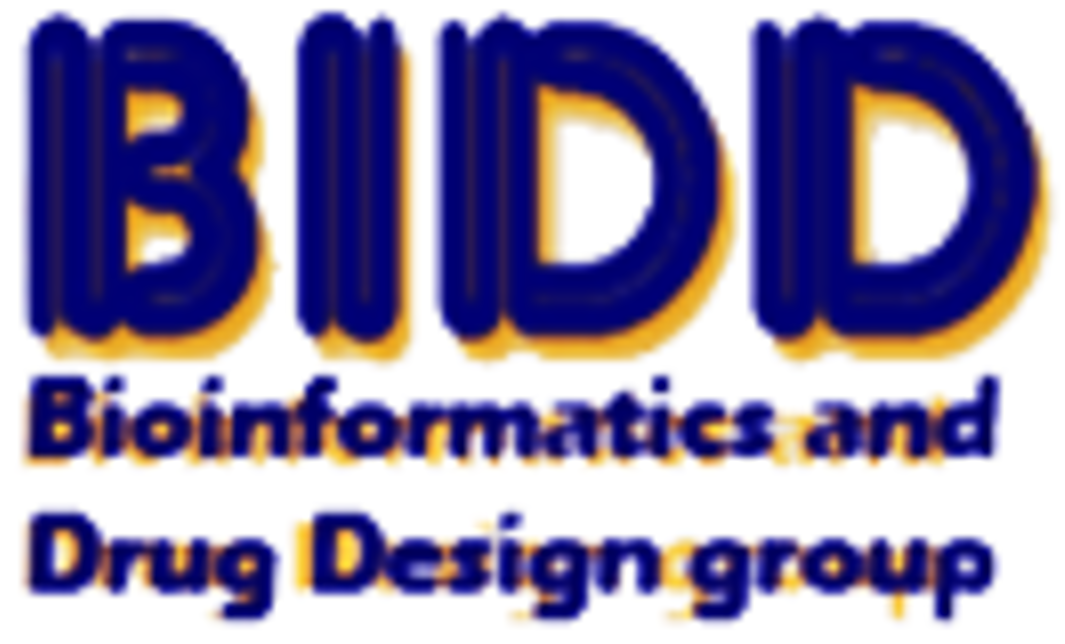| Target Validation Information | |||||
|---|---|---|---|---|---|
| Target ID | T99840 | ||||
| Target Name | Gamma-secretase | ||||
| Target Type | Clinical Trial |
||||
| Drug Potency against Target | (5R,6S)-5,6-bis(benzyloxy)cyclohex-2-enone | Drug Info | IC50 = 1600 nM | [1] | |
| Drug 311383 | Drug Info | IC50 = 14 nM | [2] | ||
| Drug 311951 | Drug Info | IC50 = 16 nM | [2] | ||
| Drug 311952 | Drug Info | IC50 = 26 nM | [2] | ||
| E2012 | Drug Info | IC50 = 1.3~58 nM | |||
| (5R,6S)-6-(benzyloxy)-5-methoxycyclohex-2-enone | Drug Info | IC50 = 10200 nM | [1] | ||
| Drug 311440 | Drug Info | IC50 = 9 nM | [2] | ||
| (2S,3R)-2-(benzyloxy)-3-methoxycyclohexanone | Drug Info | IC50 = 13900 nM | [1] | ||
| 1-benzoyl-2-benzyl-1,2-dihydropyridin-3(6H)-one | Drug Info | IC50 = 1000 nM | [1] | ||
| Action against Disease Model | E2012 | Among the six cell lines tested, only Jurkat and HepG2 showed a decrease in cell proliferation during 4 days of treatment with a gamma-secretase inhibitor | [3] | Drug Info | |
| The Effect of Target Knockout, Knockdown or Genetic Variations | Most of the Alzheimer's disease (AD)-linked mutations in amyloid precursor protein (APP), which cause abnormal production of beta-amyloid (Abeta), are localized at the major beta-secretase-and gamma-secretase cleavage sites. In this study, using an APP-knockout mouse neuronal cell line, our data demonstrated that at the P2-P1 positions of the epsilon-cleavage site at Abeta49and the zeta-cleavage site at Abeta46, aromatic amino acids caused a strong reduction in total Abeta. On the other hand, residues with a long side chain caused a decrease in Abeta(40) and a concomitant increase in Abeta(42) and Abeta(38). These findings indicate that the structures of the substituting residues at these key positions strongly determine the efficiency and preference of gamma-secretase-mediated APP processing, which determines the ratio of different secreted Abeta species, a crucial factor in the disease development. Our findings provide new insight into the mechanisms of gamma-secretase-mediated APP processing and, specifically, into why most AD-linked APP mutations are localized at major gamma-secretase cleavage sites. This information may contribute to the development of methods of prevention and treatment of Alzheimer's disease aimed at modulating gamma-secretase activity. | [3] | |||
| References | |||||
| REF 1 | Bioorg Med Chem Lett. 2006 Jul 15;16(14):3813-6. Epub 2006 May 8.Novel gamma-secretase inhibitors discovered by library screening of in-house synthetic natural product intermediates. | ||||
| REF 2 | J Med Chem. 2004 Jul 29;47(16):3931-3.Discovery of a Subnanomolar helical D-tridecapeptide inhibitor of gamma-secretase. | ||||
| REF 3 | Acute effect on the A isoform pattern in CSF in response to -secretase modulator and inhibitor treatment in dogs. J Alzheimers Dis. 2010;21(3):1005-12. doi: 10.3233/JAD-2010-100573. | ||||
If You Find Any Error in Data or Bug in Web Service, Please Kindly Report It to Dr. Zhou and Dr. Zhang.

